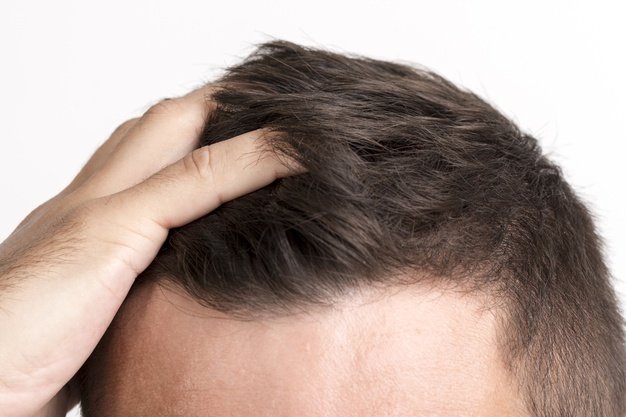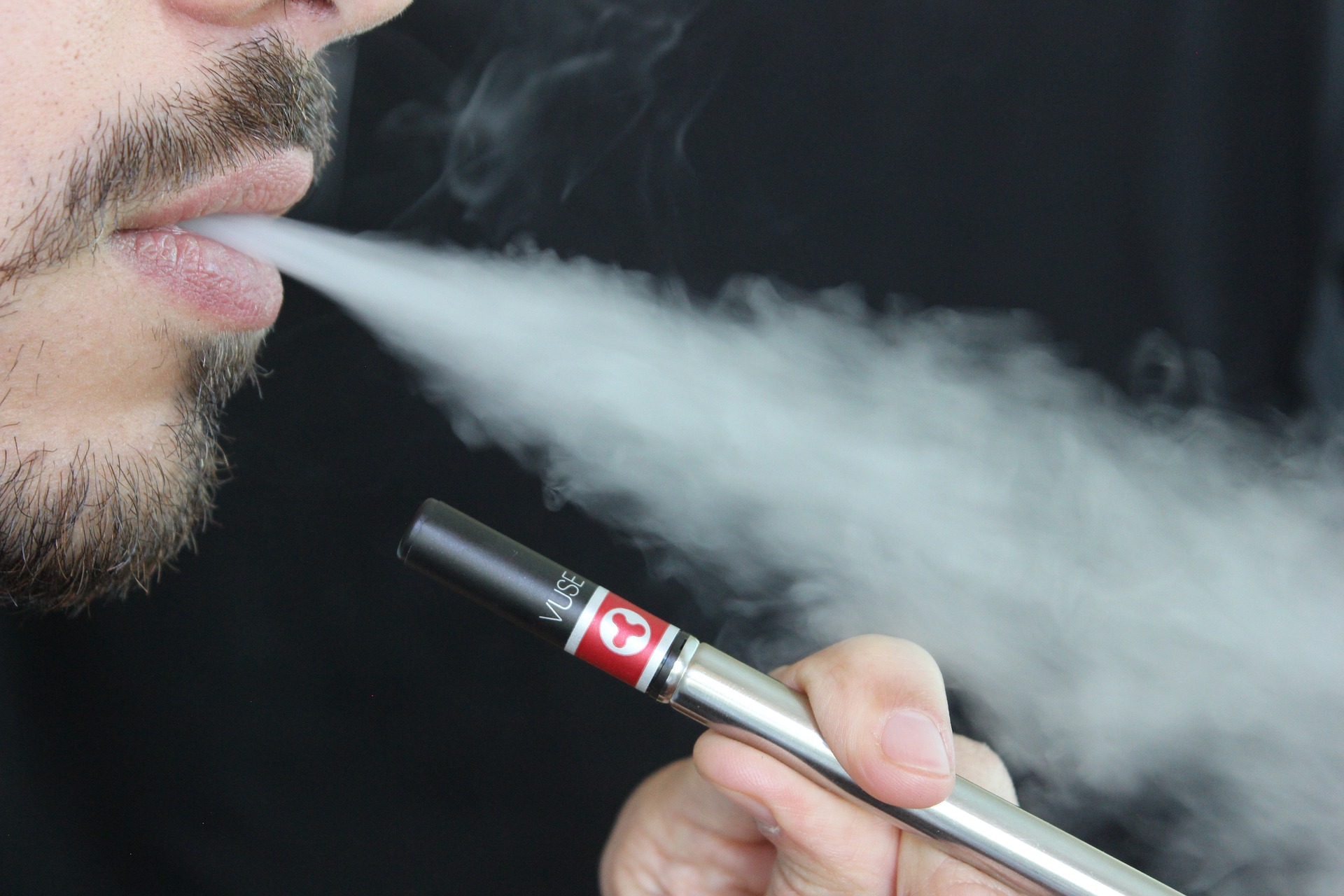There are many reasons for the short circuit of the atomizer. If it is short-circuited protection, there is no danger. If the mechanical mod may cause the battery to explode, the short circuit of the atomizer is not a particularly serious problem, but it still needs to be taken seriously.
The cause of the atomizer short circuit and its solution.
- After cleaning the atomizer, it will be installed and used without causing a short circuit. This situation is very simple, just remember to wipe dry after cleaning the atomizer, it is best not to use it immediately.
- The bottom electrode is low, and the top of the electrode of the host is not touched, resulting in a short circuit. Try to slightly rotate the electrode screw on the bottom of the atomizer a little.
- Check if the heating wire lock screw is tightened and re-wire the wire if necessary.
- Check if the bottom electrode is too tight, screw it out, and replace it with another electrode screw if necessary.
How to avoid short circuit of a mechanical mod?
Always check the resistance and short circuit of the atomizer. Unlike general-purpose vapes, mechanical mods can be ignited even when the atomizer has been short-circuited. Here, the resistance of the short circuit refers to zero or near zero, but most tanks do not let the resistance be less than 1.5 ohms, which ensures that the battery is not overstressed.
When using a new atomizer, be sure to check the atomizer resistance and confirm that there is no abnormality before screwing it onto the mechanical battery compartment.
If you use an RBA, don’t let the resistance be too low, because too low a resistance will make the battery pressure too high. It is best to control the resistance between 2.4 and 3.0 ohms at the beginning to ensure safety.
Although the atomizer is not so easy to short-circuit, it is best to use a multimeter to test. The specific test method is this, remove the battery, connect the battery compartment and the atomizer, put one probe of the multimeter to the positive pole of the battery compartment, and the other probe touches the surface of the battery compartment. If the multimeter shows a non-zero resistance value, it means that there is a current, so there must be a short circuit.
When testing the resistor with a multimeter, be aware that the multimeter’s leads may also generate resistance. We have seen some very cheap multimeters with lead resistances even higher than 0.6 ohms. The lead resistance can be displayed by touching the two probes of the multimeter. This value needs to be subtracted when testing the atomizer to get the true resistance value. For example, if you measure the resistance of the atomizer to be 2 ohms, if the lead resistance is 0.6 ohms, then the true resistance is only 1.4 ohms.
In short, the atomizer is short-circuited, don’t worry, think about the above problems can be solved.
After a period of use, the atomizer needs to be cleaned regularly. The inside of the atomizer will be stained with some non-volatile liquid condensate. If it accumulates too much, it will affect the atomization effect of the atomizer, which will lead to the taste odor. In addition, when replacing different flavors of smoke oil, it is also necessary to clean the atomizer beforehand to avoid affecting the taste experience. The daily cleaning frequency of the atomizer is recommended to be cleaned once a week.
The following is the atomizer cleaning method
1. Hot water
After the residual oil in the atomizer flows out, pour the appropriate amount of hot water, shake gently for 1-2 minutes, wait for the dirt inside to dissolve in the hot water, then slowly pour the water out to dry. Or use a hairdryer to quickly dry it. This method is simple and easy to clean, but there are still residual odors that affect the taste.
2. Vinegar
The atomizer is placed in clear water mixed with vinegar and then cooked. After heating for about 10 minutes, then wash it with water and then dry it. Cleaning the atomizer with vinegar is still good.
3. Cola
Soaking the atomizer in a cola drink takes about 24 hours. After taking out, the water is washed and finally blown dry. This method takes a long time and the effect is not very satisfactory. It is not recommended to use it frequently.
4. Vodka.
Blow the atomizer, pour the appropriate amount of vodka, seal the atomizer mouth with your fingers, and gently shake for one to two minutes and then pour off. Rinse off with hot water and let it dry. This is a more effective method to substantially eliminate the dirt and taste of the inner wall of the atomizer.
Read Also:






















